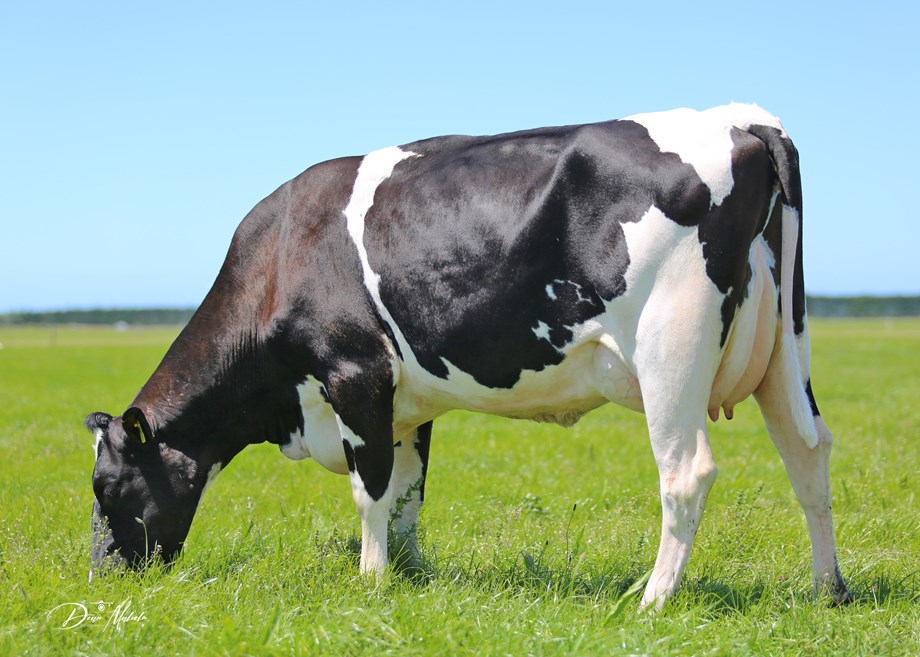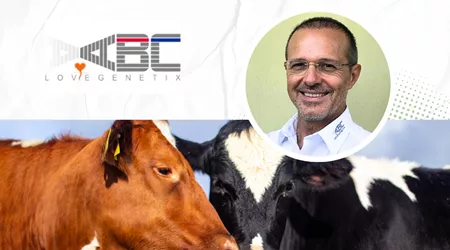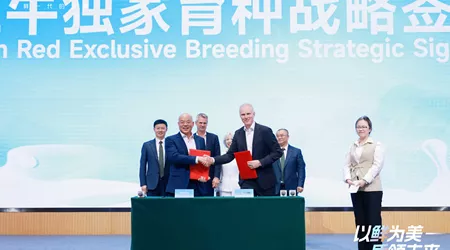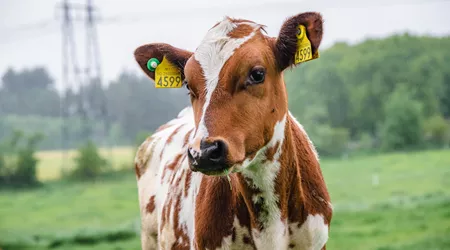By Gary Rogers
Introduction
Dairy herds should make their sire selection decisions based on properly designed selection indexes that include key traits impacting profitability. The use of selection indexes is superior to setting minimum or maximum thresholds (or culling levels) for many individual traits. The advantage of using properly designed selection indexes compared to setting thresholds or culling levels increases as the number of traits used for selection increases.
Selection indexes should be designed to fit the herd management and economic circumstances. Although many industry breeding programs tend to focus on one or a few total merit indexes (comprehensive indexes), individual herds should rank sires and choose the best sires based on an index that meets their specific herd needs. This is especially true for grazing herds where bulls are being sourced from populations that have total merit indexes designed for herds that are primarily confined and managed using intensive feeding strategies.
The Norwegian Red (NR) total merit index (TMI) is designed for optimum improvement in the NR population located in Norway. The TMI is designed for the Norwegian herd economic and management conditions so it might not be optimum for use in selection of NR sires to be used in grazing herds in other countries where economic and management circumstances differ from Norway.
Management of Norwegian Reds in Norway
Norwegian Red cows in Norway are grazed during the summer months as they are required to go outside during the summer due to government regulations. However, most NR cows are fed some stored feeds and concentrates during this summer period as well. During most of the year cows are housed indoors and fed stored forages and some concentrates due to the short growing season and climate.
Grass grows well in the long daylight but short summer months in Norway so grass is the primary energy source for dairy cattle in Norway. Corn (maize) is not grown or used in Norway. Alfalfa is also not used in Norway. Norwegian herds rely on grass baleage (some clover) as the primary forage in the ration.
Norwegian Red sires fit perfectly in grazing herds
Norwegian Red sires are perfect for grazing herds because NR daughters express outstanding fertility, high component percentages and component yields, moderate stature and excellent health and calving traits. Results from a large study involving 46 seasonal grazing herds from Moorepark Ireland showed than NR X Irish Holstein Friesian crosses made 136 Euros more profit per cow per year compared to Irish Holstein Friesians. The added profit for the NR X Irish Holstein Friesian crosses was due to improved fertility, increased survival and reduced mastitis along with the same milk solids yields when compared to pure Irish Holstein Friesians. Grazing herds in other countries find the same advantages for NR crosses as well. Norwegian Red sires work extremely well in grazing herds and will increase profit in grazing herds especially if used in a well-designed crossbreeding program.
Grazing Index for Norwegian Red
To better serve the grazing industry in other countries, Geno publishes a “Grazing Index” that can be used for selecting NR sires to be used in grazing herds. The NR “Grazing Index” was designed to help grazing herds select sires that fit their herd management needs and the “Grazing Index” differs from the NR TMI. The “Grazing index” places more emphasis on traits that have greater economic importance in grazing herds. Traits included in the “Grazing Index” and their relative weights are in the table here.
Traits included in the Norwegian Red Grazing Index and their relative weights
| Fat yield | 3% |
| Protein yield | 3% |
| Fat percentage | 20% |
| Protein percentage | 20% |
| Daughter fertility | 30% |
| Udder health | 8% |
| Udder conformation index | 9% |
| Stature (to make shorter) | 4% |
| Stillbirth direct (impact of sire on calf) | 2% |
| Maternal calving ease (impact of sire on daughter calving) | 1% |
Much of the emphasis within the NR “Grazing Index” is on daughter fertility and fat and protein percentages. Fertility is likely the most important trait impacting profit in grazing herds (especially those that have seasonal calving) so this justifies the heavy emphasis placed on daughter fertility even though all NR sires produce daughters with outstanding fertility. Heavy emphasis is also placed on fat and protein percentages. Heavy weights on fat and protein percentages for the “Grazing Index” are justified because grazing herds realize large differences in fat and protein percentages that are predicted based on sire genetic evaluations. However, milk volume differences between bulls’ daughters in grazing herds are constrained or limited especially compared to high yielding confinement herds because grazing limits energy intake which does not allow for large differences in milk volume among daughters of different sires.
The Norwegian Red Grazing Index is more accurate than local grazing indexes
Local genetic evaluations or bull proofs (usually labeled breeding values (BVs) or predicted transmitting abilities (PTAs) are not available on NR genomic selected (GS) sires in many countries. Interbull does not have a system to convert GS genetic evaluations across countries in the Red Dairy Cattle or Ayrshire based breeds of cattle that include NR. However, some countries have local genetic evaluations and indexes on NR sires that are designed for grazing herds. In those countries the local genetic evaluations and local indexes have much lower accuracy compared to the BVs and indexes published by Geno on NR GS sires. The lower accuracy of the genetic evaluations in these countries is due to a limited number of NR daughters used for calculating GS genetic evaluations as well as the approaches used to calculate the genetic evaluations on NR GS sires.
The Geno breeding program for NR now includes well over 220,000 genotyped males and females which results in very high accuracies for NR BVs. The Geno BVs for NR GS sires have outstanding accuracies that far exceed the accuracies of genetic evaluations on NR GS sires that might be available in other countries. As a consequence, we recommend that the NR “Grazing Index” be used as a guide to select NR sires for use in grazing herds in other countries.



